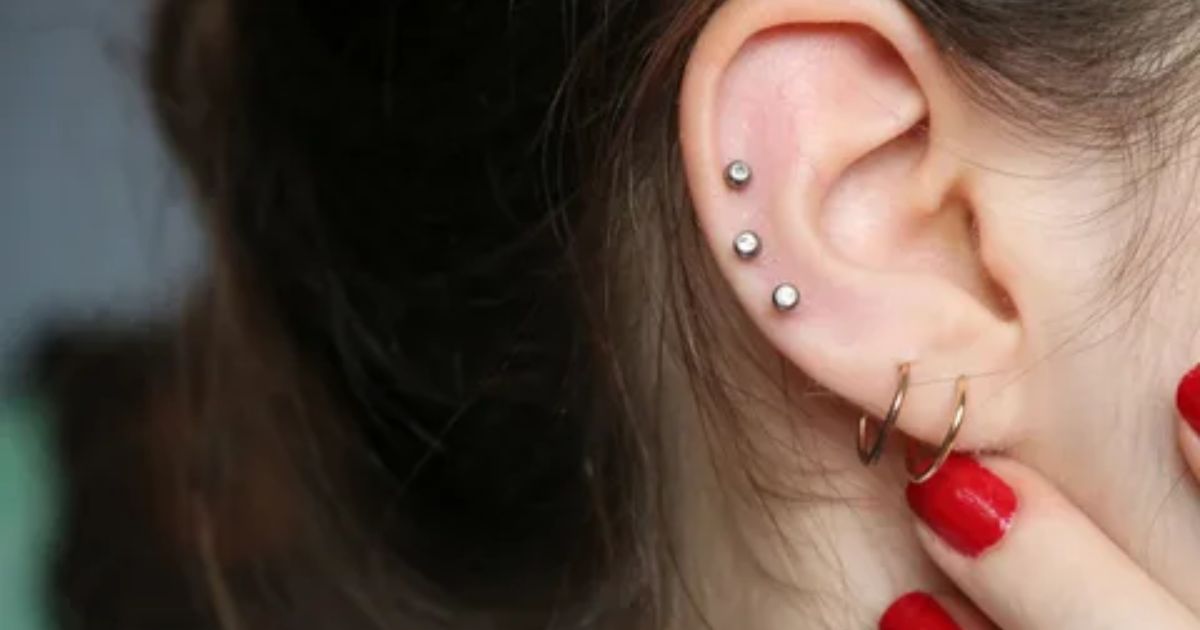Helix piercings are cartilage piercings located along the upper ear’s helix ridge. They can be a single piercing or multiple ones in a row. Helix piercings are trendy and versatile – they look great with small stud earrings or hoops. The helix piercing procedure is relatively quick and heals within several months. With proper aftercare, these stylish ear piercings can make a bold fashion statement.
Everything you need to know about getting a helix piercing, including pain level, healing time, jewelry options, and aftercare.
What is a forward helix piercing?
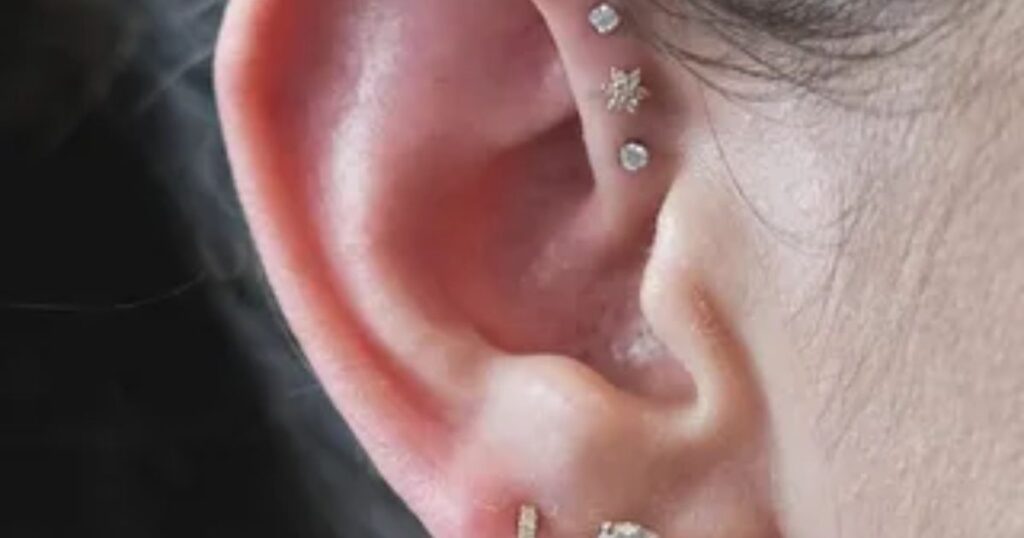
A forward helix piercing is located on the upper ear cartilage, right next to the forward edge of the helix. It sits higher up on the ear than a standard helix piercing. Because it goes through thicker cartilage, it is often considered more painful to get pierced than other ear piercings. The forward helix is an increasingly popular choice for those wanting to rock a stylish cartilage piercing. It looks great with a small stud or thin hoop jewelry.
What is a double helix piercing, or triple?
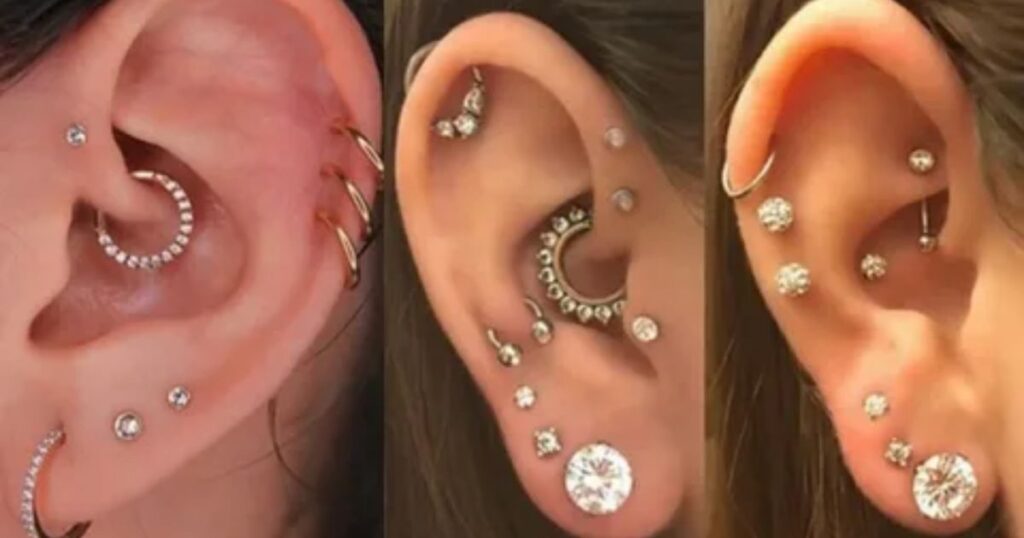
A double or triple helix piercing refers to having two or three piercings lined up vertically along the outer ear cartilage. A double helix is two piercings, while a triple helix is three piercings. These multiple piercings are spaced very closely together and are often done symmetrically on both ears. The look is bold and eye-catching. Healing and aftercare for a double or triple helix is more involved than a single piercing, as you have to care for multiple new piercings at the same time. Proper alignment is also very important for the look.
Does getting a helix piercing hurt?
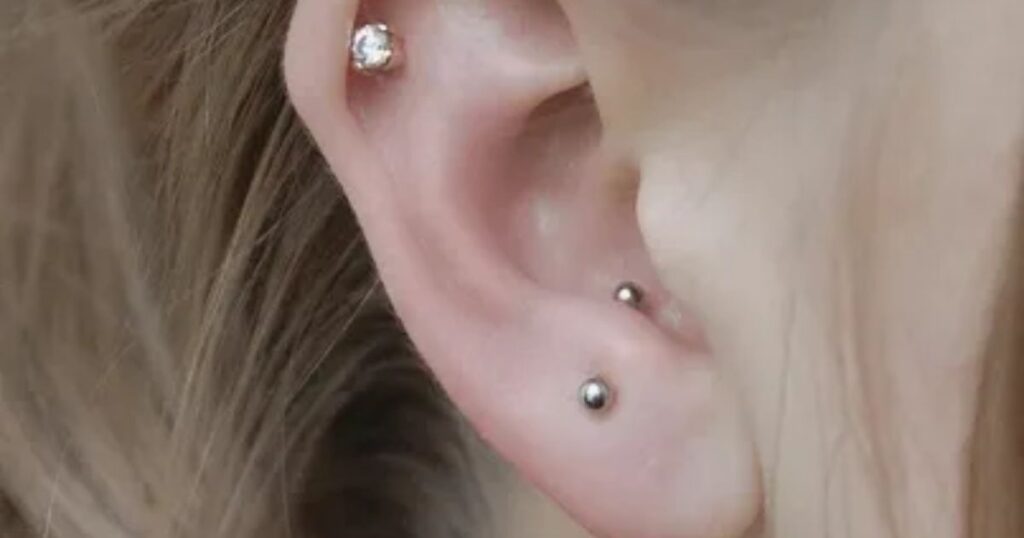
Pain level for a helix piercing is generally moderate. It goes through fairly thick ear cartilage, so there is some level of pain and pressure involved. However, the area is far less sensitive than earlobe cartilage. Endorphins during piercing help minimize pain, and it is over quickly. For most people pain subsides to a dull ache after the initial piercing. Pain tolerance varies individually. You can lessen pain by going to an experienced professional, relaxing during the procedure, and caring for it properly after. Overall helix piercings are very tolerable for your average piercing.
Cost of a Helix Piercing

You can expect to pay $30 to $50 for a basic helix piercing at most professional shops. This covers the piercing itself, jewelry, and aftercare instructions. More complex triple forward helix piercings cost $50 to $90. Prices may be slightly higher in major metro areas. Reputable piercing shops and experienced piercers are worth the slight added cost, as they use proper hygienic technique to minimize infection risk. Avoid very cheap piercings, as quality may be questionable. The good news is a helix piercing is a relatively affordable and cost-effective body modification.
Jewelry Material Used for a Helix Piercing
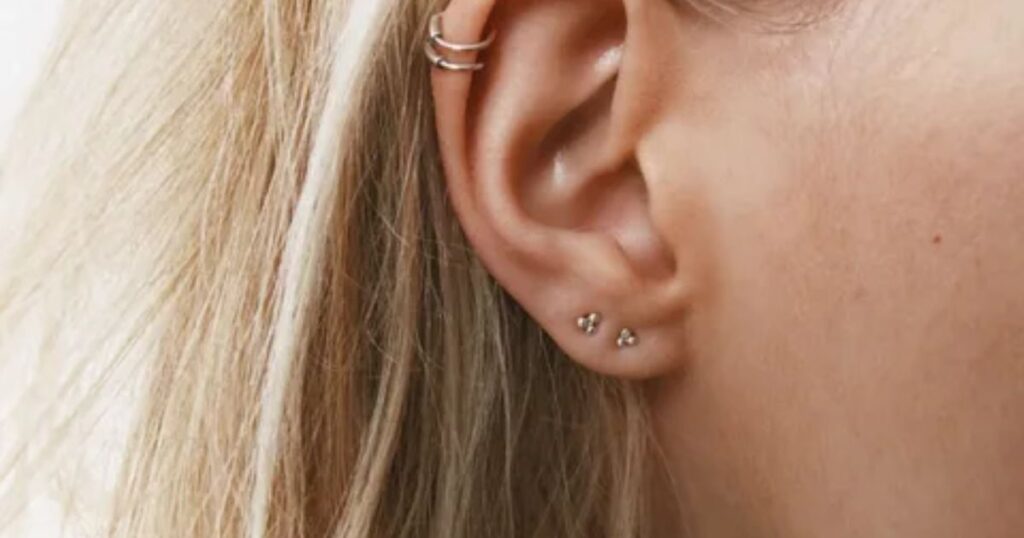
Stainless Steel: Surgical stainless steel is commonly used for initial helix piercings. It is affordable, hypoallergenic for most, and resists tarnishing.
Gold: Solid 14k or 18k gold is excellent for healed piercings. It is hypoallergenic and looks beautiful. However, it is more expensive.
Titanium: Titanium is highly recommended, especially for new piercings. It is very lightweight, bio-compatible, and nickel-free. Titanium causes the least irritation during healing.
Type of Jewelry Used for a Helix Piercing
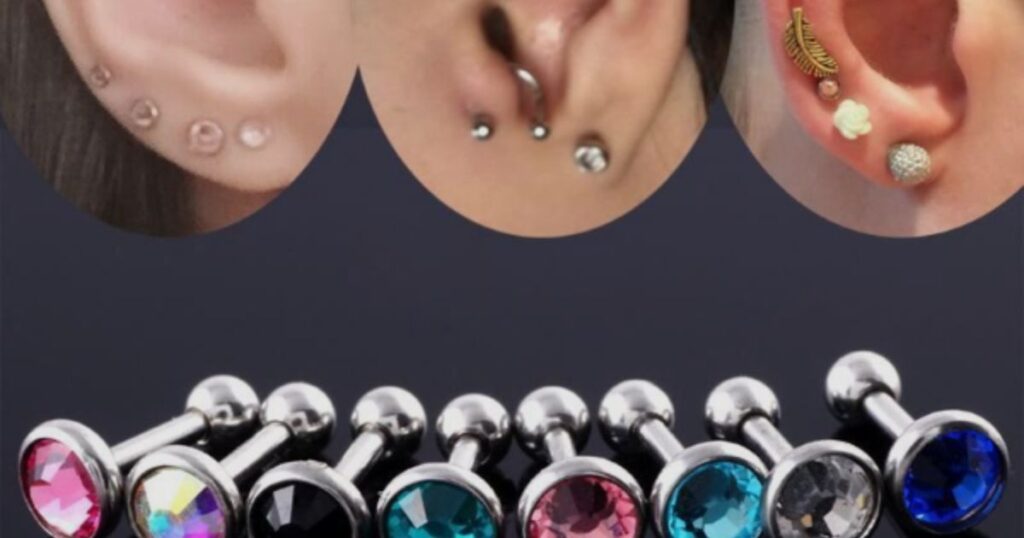
- Stud: Stud earrings are the most common jewelry choice for a new helix piercing. The post style minimizes movement and irritation during initial healing. Gems end like diamonds and add sparkle.
- Hoop/Ring: After healing, a hoop or captive bead ring can be inserted. These accentuate the piercing hole and give a stylish look. Larger hoops are trendy but may prolong healing.
Pain and Healing Time
Healing time for a helix piercing is typically 3 to 9 months, due to the dense cartilage. Keeping the area clean and not disturbing the piercing will help minimize pain and speed healing. Some tenderness, swelling, and redness around the site is normal during the first few weeks. Over-cleaning or fiddling with jewelry can irritate it. Once the piercing has fully healed after several months, you can change jewelry freely.
Aftercare
Caring for a new helix piercing properly is vital for quick healing and preventing infection. Gently clean with a sterile saline spray or soak 1 to 2 times daily. Rinse off in the shower. Pat dry with clean gauze or paper towel. Avoid touching, turning or removing jewelry until healed. Don’t use alcohol, hydrogen peroxide, ointment or harsh soaps. Be gentle, wash your hair and use a donut pillow to avoid sleeping on the piercing. See your piercer if excessive redness, discharge or swelling occurs. Leaving in the original jewelry for the entire healing period is recommended.
Side Effects of Piercing
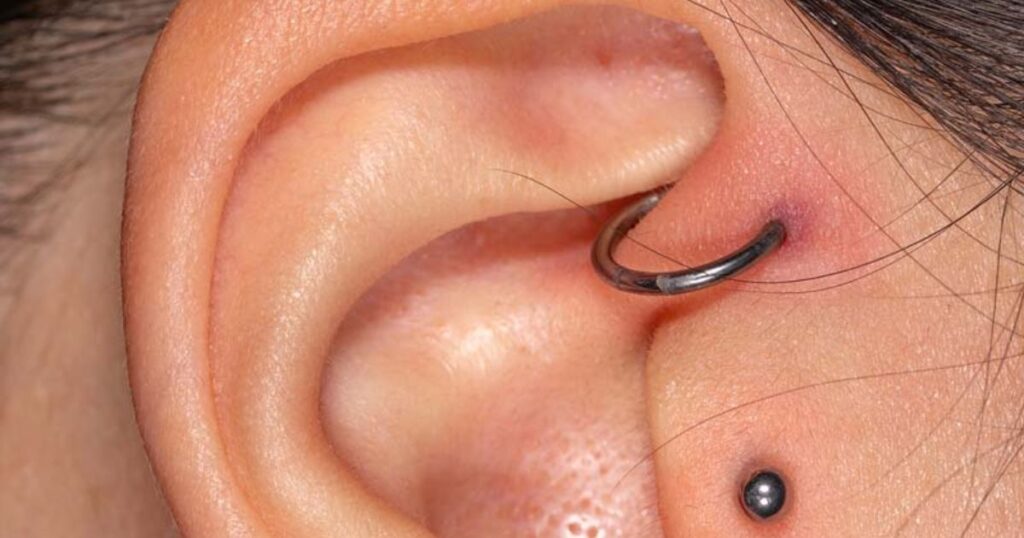
Side effects of medications or treatments can include nausea, fatigue, headaches, and allergic reactions like rashes. Serious effects may involve organ damage, necessitating immediate medical attention. It’s crucial to report any adverse reactions to healthcare professionals for proper guidance and management. Here some side effective:
Infection
Infection is uncommon but can happen if aftercare is insufficient. Signs are redness, throbbing pain and yellow/green pus. See a doctor for antibiotics if concerned.
Scarring
Scarring is rare with a properly done professional helix piercing. Poor placement or technique can lead to noticeable scarring though.
Keloids
Keloids or thick, raised scars are a risk with any piercing. People prone to keloids should avoid a helix piercing.
FAQ’s
Is a helix a good first piercing?
Yes, the helix is an excellent first ear piercing. It’s relatively low pain, easy to care for, and looks great with a simple stud while healing.
How do you sleep with a helix piercing?
Use a donut-shaped travel pillow and sleep with your ear in the hole to avoid rolling onto the piercing. You can also prop your head up slightly on extra pillows.
How long after a helix piercing can I swim?
It’s best to avoid pools, lakes or ocean water for at least 6 months after getting a helix piercing to allow full healing. After that, make sure to clean the piercing thoroughly after swimming.
Conclusion
Overall a helix piercing is a stylish and appealing ear modification. With a reputable piercer and proper aftercare, it should heal well with few issues. Pain and healing times vary per individual. Jewelry can be updated once fully healed for a fresh new look. A helix piercing provides endless styling options, from simple studs to bold hoops and stacked piercings. Take the time to care for the new piercing, and be patient through the healing process. In 3 to 9 months, you’ll have a beautiful, healed helix piercing to show off. This classic cartilage piercing can be the perfect addition to accentuate your ear and personal style.
